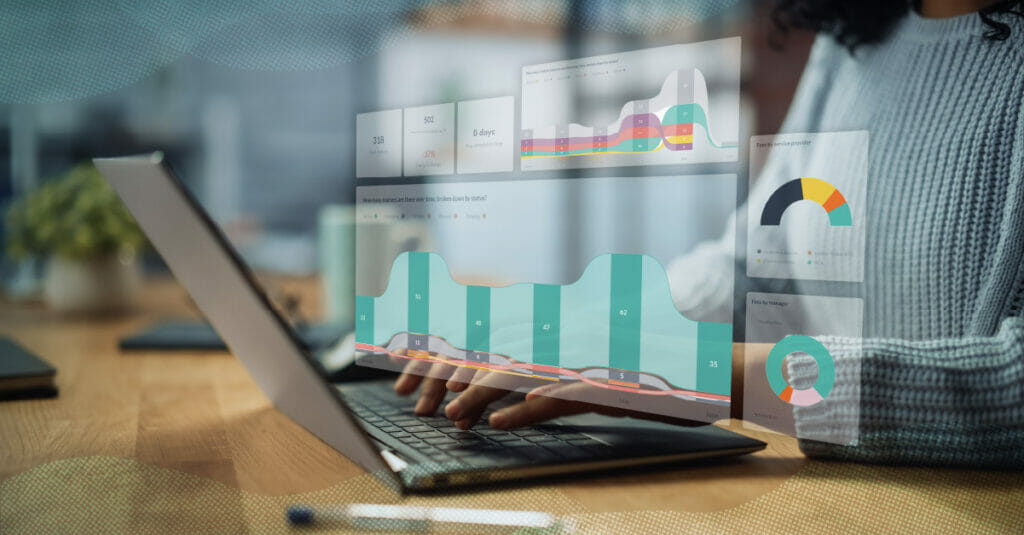Where to start with insights and reporting for in-house legal teams

To most business functions, data has always been an integral force, backing decision-making and identifying successes and learnings. This isn’t necessarily the case for in-house legal functions, however. According to PwC, “The typical lawyer displays mastery in the use of words. But when it comes to numbers, lawyers often feel out of their comfort zone.”
But times are changing and it’s now legal’s turn to jump on the bandwagon with the rest of the business and embrace data.
Here, we discuss how legal can begin to collect and surface data and insights, and how becoming a more data-driven business function can be an excellent and speedy way to showcase the value of in-house legal.
What is considered data for in-house legal?
Many of your business-as-usual tasks are considered to be rich in data points. For example, each interaction, matter, contract, and email that passes across legal’s desk is data that can be stored and eventually analyzed to track and forecast future work. You may be surprised to learn that even things like time to complete tasks and whether certain business functions are making a disproportionate amount of requests, are data gems which can help you further iterate on your ways of working.
This information can then be used to analyze past performance, predict resourcing needs, and justify spending, providing a much richer representation of how well your legal function is or isn’t performing.
So, while it’s likely you have the data, an issue could be how the data is collected and leveraged.
The importance of a single system of record
Ideally, implementing a single system of record or a legal technology solution that automatically collects and stores your data, such as a legal workspace, is the best place to start. Doing so means you can collect data across all of your workflows in a single location. Another benefit, your reports will be comprehensive and easy to surface.
If you don’t utilize a single system of record or a legal workspace, existing systems such as Excel can still be useful.
How to surface data into reports
Once you’ve identified how your data is being collected, you can begin to surface it. The right legal technology should produce dashboards that present specified data sets in a digestible way — for instance, high-risk litigation matters, the contract value of matters, and team performance.
The great thing about a legal workspace such as LawVu is its built-in data engine, which takes your raw data and uses AI to create data sets or metrics that provide useful insights and reports. For instance, what contracts most frequently pass across your desk? What business function requires the most legal resources? What your team spend most of their time working on?
It’s important to note that metrics without purpose aren’t particularly useful and you should always have an idea of what you plan to gain from them. Metrics should support a decision and be presented in a user-friendly way.
Reporting outcomes for success
The beauty of insights and reports is the foresight they allow your legal team. For example, it may become apparent that you’re overwhelmingly working on matters with one business department or consistently encountering issues with a particular contract clause elsewhere. Such information is gold and can enable you to achieve:
- improved transparency
- impactful decisions
- improved productivity
- optimized spend management
So, there you have it. Beginning your data journey doesn’t have to be daunting and most likely you already have the data! You simply need to identify what legal data you require, ensure it’s being recorded (ideally in a single system of record), and generate reports based on your specified data sets.
Before you know it, you’ll be making data-driven decisions and showcasing the impact of your legal function to the wider business.